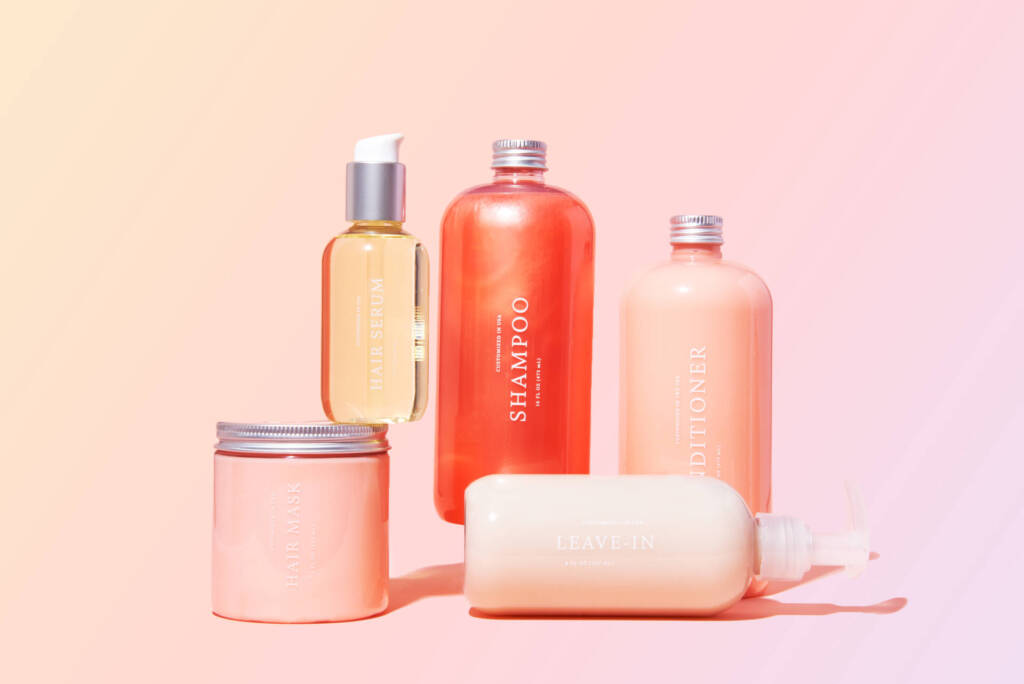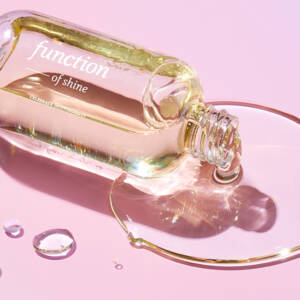“My mom moved us into progressively whiter and whiter neighborhoods. As I entered my teens, my hair became a point of contention between us.”
My earliest memories involve my mom sitting me down in front of the television as she unpacked the box of Just For Me. I’d mix the activating liquid into the relaxer with a flat, wide, popsicle stickle. Then she’d put on the thin, plastic gloves that came stuck to the instructions. She’d part my hair and, depending on the amount of time we had, would carefully or quickly apply the thick, white cream to my roots. After it set, she’d have her 6’4 roommate lift me up and tip my head into the sink to wash it out. I was too short to reach it in those days.

I grew up in Queens, New York, in a neighborhood that was 90% Black and 10% lying. My father is Black, and my mother is Latina. Her lineage is a mixture of Afro-Cuban, Native, and European, but she presents as white and has been treated that way ever since her big curls succumbed to damage from constant heat and dye.
My mother was always fawning about how “exotic” looking I was, with my lighter skin color and my 4B curl pattern. Really, that was the beginning of her microaggressive behavior.
After my parents split, my mom moved us into progressively whiter and whiter neighborhoods. As I entered my teens, my hair became a point of contention between us. I wasn’t allowed to walk around at home with my hair in its natural state. I had to straighten it every few days. She would say, “you can’t walk around looking crazy! You never know who’s coming over!” despite the fact that we never had visitors.
“The connotation of ‘looking crazy’ made me feel ashamed, and it contributed to my internalized anti-Blackness.”

I started to become more and more self-conscious about my hair. The connotation of “looking crazy” made me feel ashamed, and it contributed to my internalized anti-Blackness. I already side-eyed the loud Black girls in my school who I thought were acting “ghetto”. In paging through magazines, I thought mixed black girls with my hair type didn’t exist. When I was given examples of Afro-Latinx women, they looked like Rosario Dawson or Zoe Saldana, both of whom have glossy, loose waves.
I wasn’t like them.
In my mind, “nice” hair was long hair. And my hair never went past my shoulders. I began to think it didn’t grow. The truth was that I just didn’t know how to care for it. I even missed out on Black girl 101—I didn’t sleep with a bonnet or scarf until I was seventeen.
My mom thought because she had curly hair, she knew how to care of mine, but really, that just meant torching it into submission every week.
I made the decision to go natural when I was seventeen. I was in the Tumblr phase of my adolescence, learning more and more about feminism and institutional racism. Presented with images of beautiful Black women with big, amazing afros, I was inspired. I wanted to be more of who I was meant to be.

“Today, I’m unapologetically Black.”
Instead of cutting all of my hair off like most naturals, I transitioned the relaxer out of my hair. Relaxers had left my hair oddly wavy, and new-growth made it look a bit more pouffy. I wore my hair in box braids for most of the first two years, until it grew out to a length that I was comfortable with.
Despite my mom’s distaste of my hair in my teenage years, she supported my decision to go natural. She acknowledged her racism and her lack of understanding as I got older, and I think, as she realized how beautiful my hair truly was. I certainly did.
Today, I’m unapologetically Black. I’m a writer of race, sex, and identity, all with an intersectional lens. These are all things many people don’t approve of, but I stopped caring. I’ve struggled with my hair for so many years, but now, I can’t even imagine going back to the creamy crack.





